HoloMaps augmented reality map explorer for Microsoft HoloLens displays 3D cities and locations around the world for AR and VR.


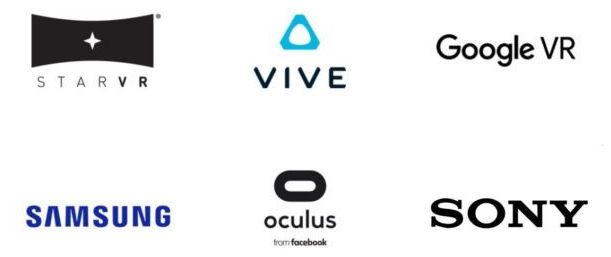
Some of the biggest names in the business are teaming up to secure the future of virtual reality.
Google, Sony, Oculus, Samsung, Acer and HTC have combined their efforts in order to create a healthy and equal industry for virtual reality hardware and software to develop and expand. The result is the Global Virtual Reality Association, a nonprofit organization dedicated to promoting the growth of the virtual reality industry by providing educational resources, connecting developers with necessary resources and much more.
“The organization will foster dialogue between public and private stakeholders in VR around the world and make education and training material available to the public. Working groups will be organized around important topics for the industry, enabling us to produce relevant research and guidance. We will also host and participate in international discussions on important topics in VR to shape the public discussion on the technology. Ultimately, the group will develop best practices and share them openly.”
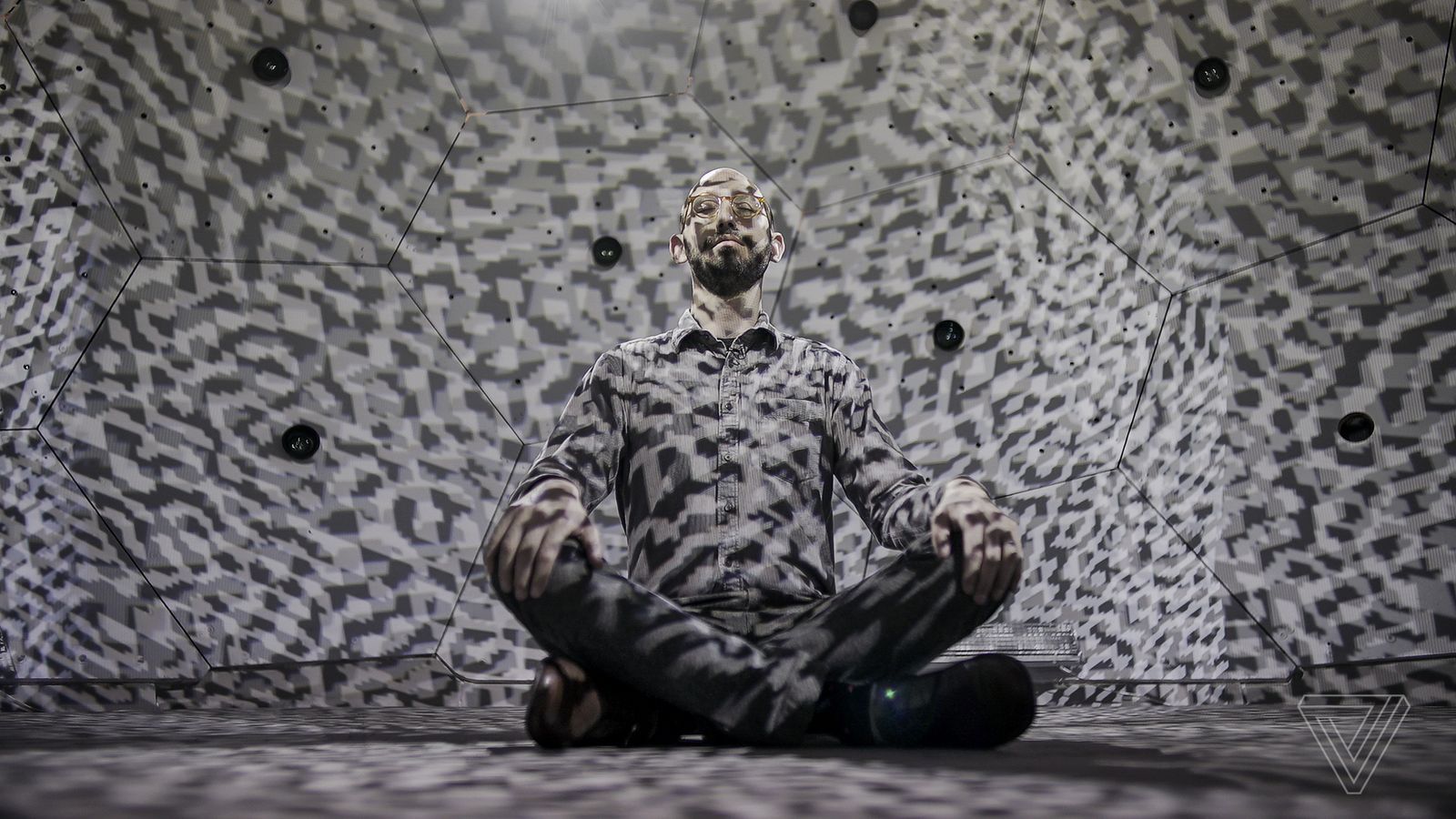
Step inside the portal and everything is white, calm, silent: this is where researchers are helping craft the future of virtual reality. I speak out loud, and my voice echoes around the empty space. In place of the clutter on the outside, each panel is unadorned, save for a series of small black spots: cameras recording your every move. There are 480 VGA cameras and 30 HD cameras, as well as 10 RGB-D depth sensors borrowed from Xbox gaming consoles. The massive collection of recording apparatus is synced together, and its collective output is combined into a single, digital file. One minute of recording amounts to 600GB of data.
The hundreds of cameras record people talking, bartering, and playing games. Imagine the motion-capture systems used by Hollywood filmmakers, but on steroids. The footage it records captures a stunningly accurate three-dimensional representation of people’s bodies in motion, from the bend in an elbow to a wrinkle in your brow. The lab is trying to map the language of our bodies, the signals and social cues we send one another with our hands, posture, and gaze. It is building a database that aims to decipher the constant, unspoken communication we all use without thinking, what the early 20th century anthropologist Edward Sapir once called an “elaborate code that is written nowhere, known to no one, and understood by all.”
The original goal of the Panoptic Studio was to use this understanding of body language to improve the way robots relate to human beings, to make them more natural partners at work or in play. But the research being done here has recently found another purpose. What works for making robots more lifelike and social could also be applied to virtual characters. That’s why this basement lab caught the attention of one of the biggest players in virtual reality: Facebook. In April 2015, the Silicon Valley giant hired Yaser Sheikh, an associate professor at Carnegie Mellon and director of the Panoptic Studio, to assist in research to improve social interaction in VR.
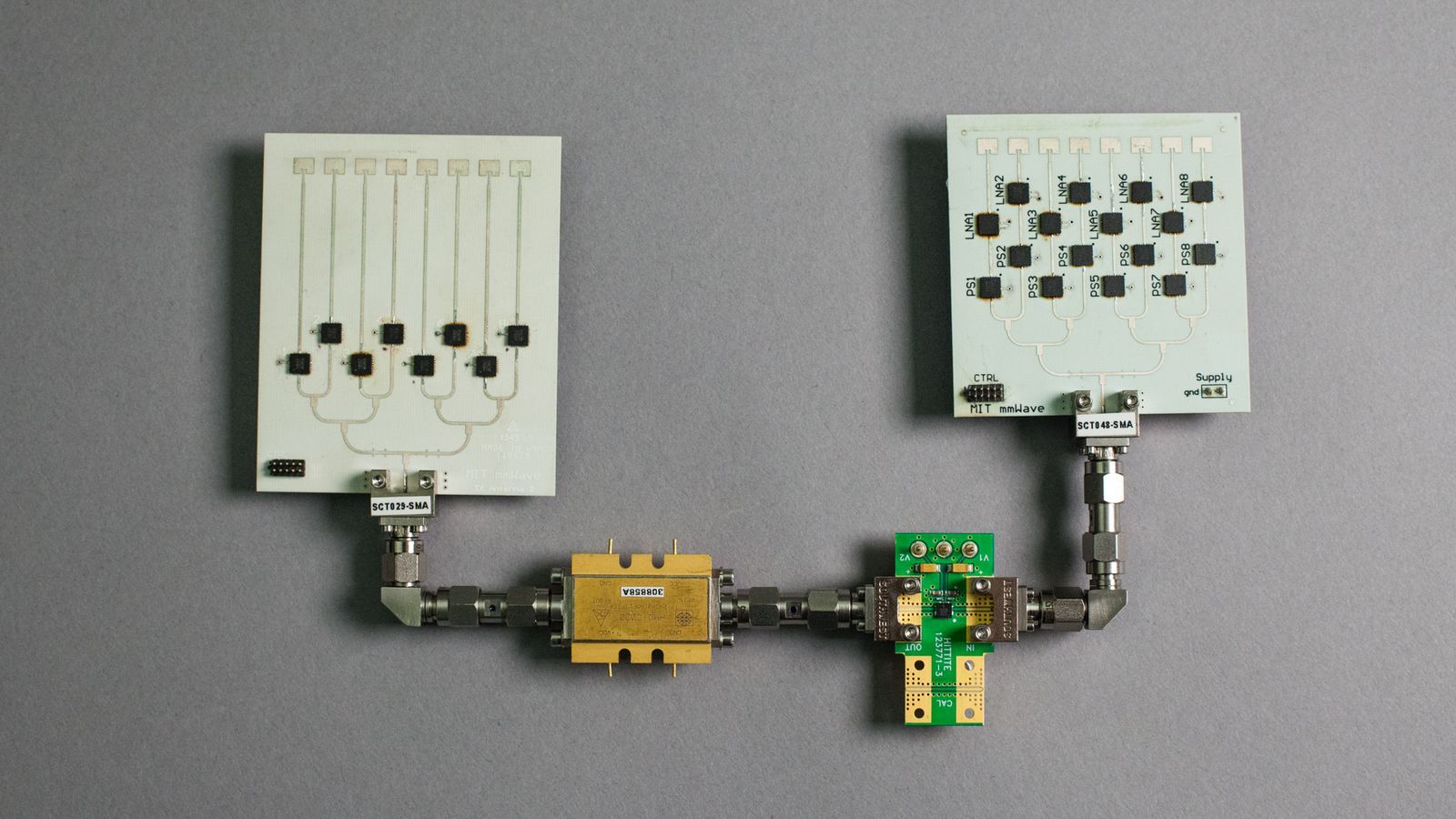
If you want to use one of today’s major VR headsets, whether the Oculus Rift, the HTC Vive, or the PS VR, you have to accept the fact that there will be an illusion-shattering cable that tethers you to the small supercomputer that’s powering your virtual world.
But researchers from MIT’s Computer Science and Artificial Intelligence Laboratory (CSAIL) may have a solution in MoVr, a wireless virtual reality system. Instead of using Wi-Fi or Bluetooth to transmit data, the research team’s MoVR system uses high-frequency millimeter wave radio to stream data from a computer to a headset wirelessly at dramatically faster speeds than traditional technology.
There have been a variety of approaches to solving this problem already. Smartphone-based headsets such as Google’s Daydream View and Samsung’s Gear VR allow for untethered VR by simply offloading the computational work directly to a phone inside the headset. Or the entire idea of VR backpacks, which allow for a more mobile VR experience by building a computer that’s more easily carried. But there are still a lot of limitations to either of these solutions.
A video of a chimpanzee ‘playing in virtual reality’ has garnered mixed reactions across the internet as viewers remain torn on whether it is harmless fun, or if it edges on animal cruelty.
In the video, the chimpanzee named Sugriva can be seen wearing an HTC Vive headset and swatting at the air as he follows objects on the screen – an experience many humans can relate to.
But, VR is known to cause a slew of side effects, from dizziness to disorientation, and experts argue that the chimp doesn’t understand what’s happening, and may keep the headset on even if he is uncomfortable as result of his training in captivity.
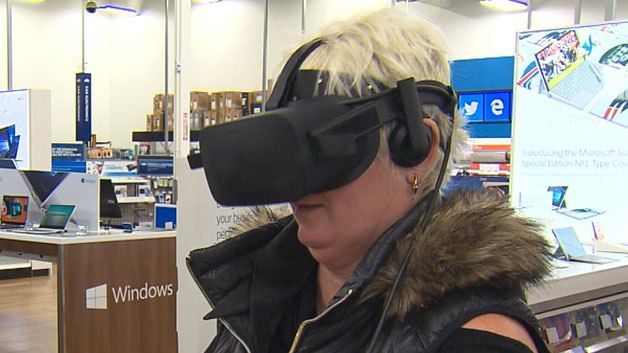
BOSTON (CBS) – It’s expected to be the hot holiday gift of the season: virtual reality headsets. We know it’s a cool new experience but there’s still a lot we don’t know about the technology, especially when it comes to kids.
The headset completely immerses users in a new 3D virtual world. “I felt like I was actually there.” said one first-time user. “There’s no age limit to this,” said another virtual reality fan.
But there actually is an age limit. Many of the top selling brands warn against kids using the device. Oculus Rift and Samsung VR Gear say it’s not for kids under 13. Sony PlayStation is recommended for kids 12 and up. And the HTC Vive is less specific, just saying it’s not for young children.

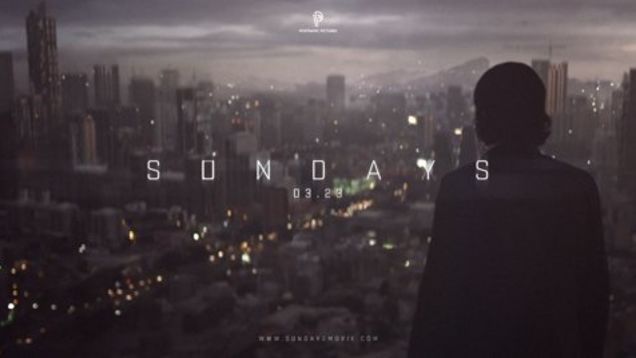
Once synbio computing is fully matured then our tech dev work maybe done.
By Frances Van Scoy, West Virginia University.
The first computers cost millions of dollars and were locked inside rooms equipped with special electrical circuits and air conditioning. The only people who could use them had been trained to write programs in that specific computer’s language. Today, gesture-based interactions, using multitouch pads and touchscreens, and exploration of virtual 3D spaces allow us to interact with digital devices in ways very similar to how we interact with physical objects.
This newly immersive world not only is open to more people to experience; it also allows almost anyone to exercise their own creativity and innovative tendencies. No longer are these capabilities dependent on being a math whiz or a coding expert: Mozilla’s “A-Frame” is making the task of building complex virtual reality models much easier for programmers. And Google’s “Tilt Brush” software allows people to build and edit 3D worlds without any programming skills at all.